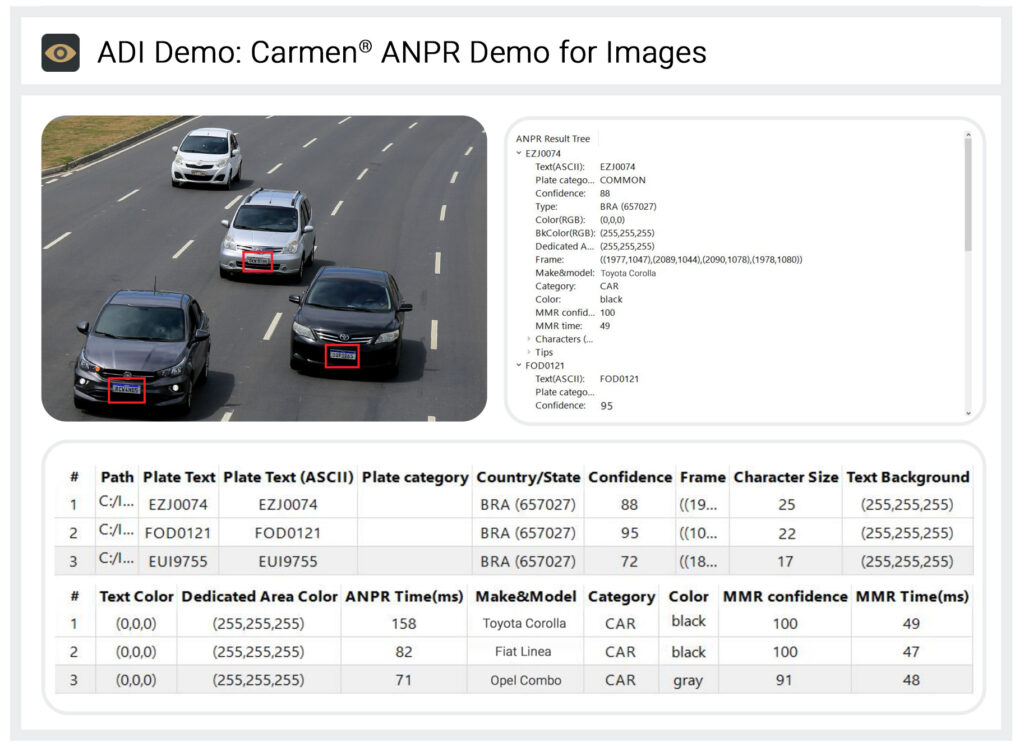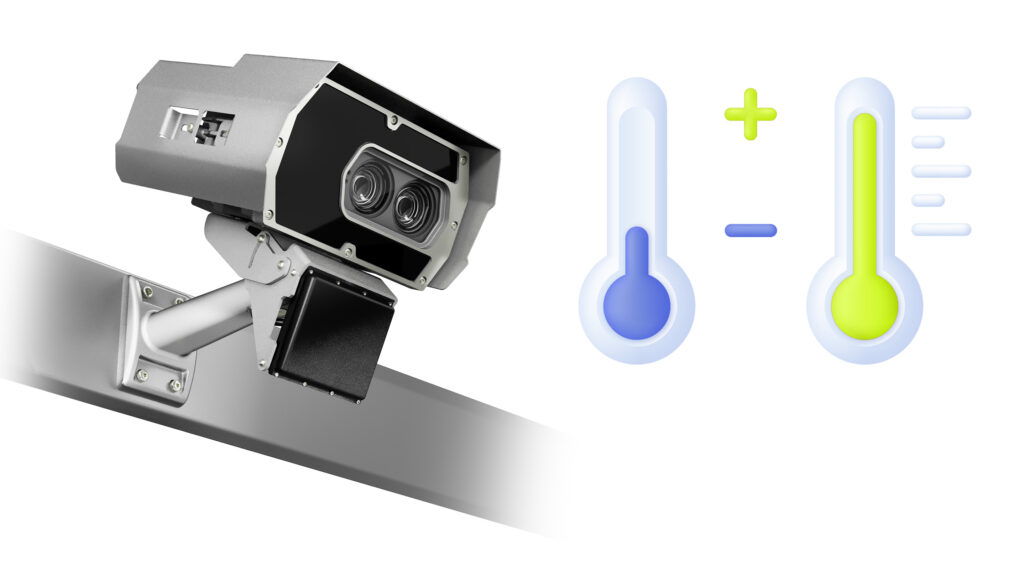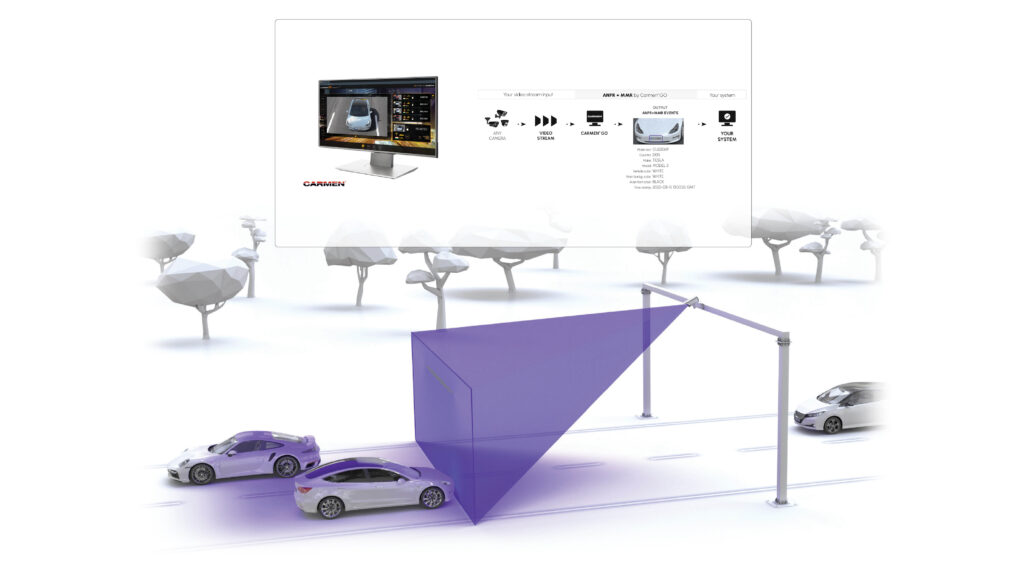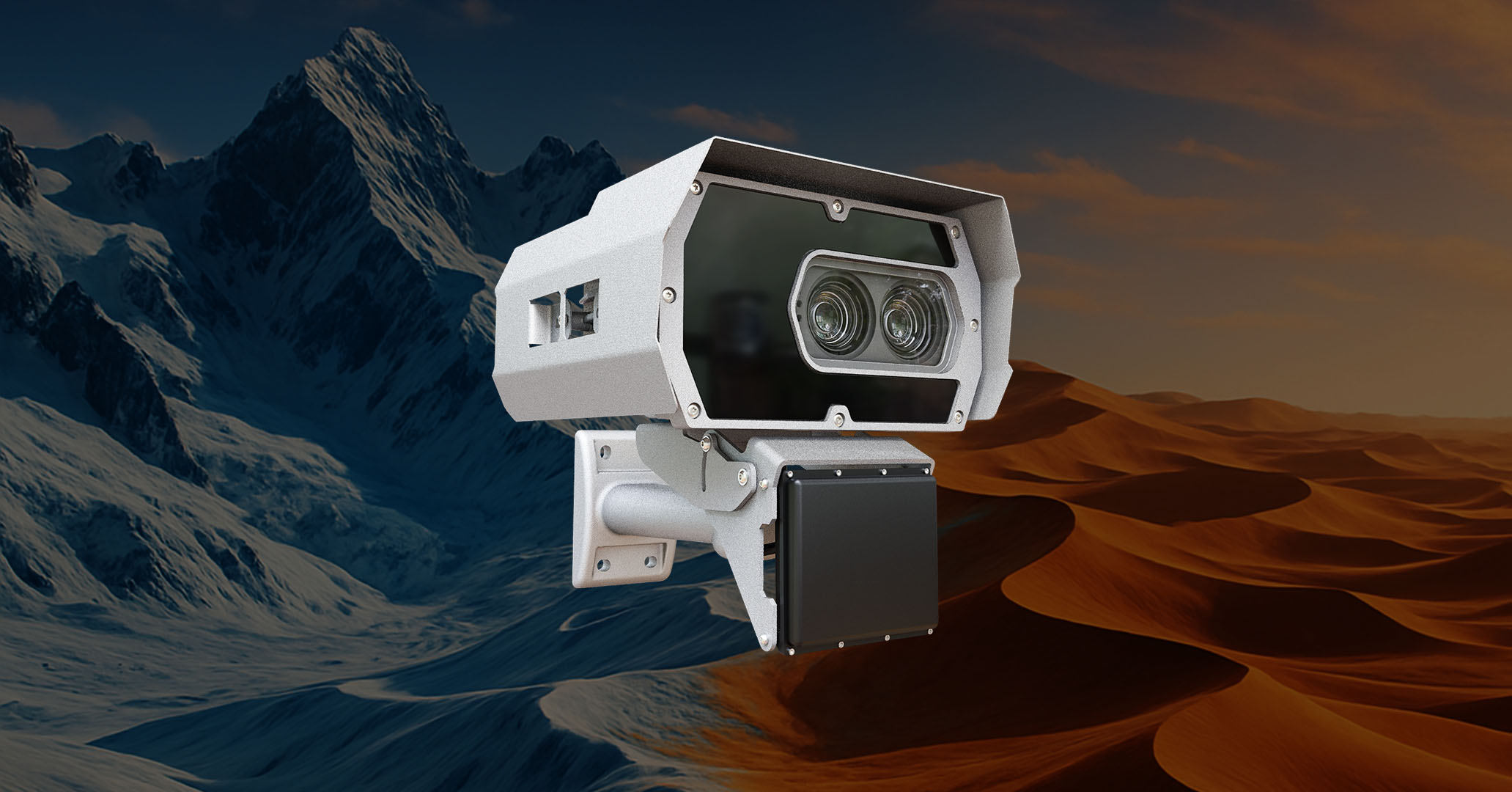From the frozen roads of Scandinavia to the sandblasted highways of the Sahara, Adaptive Recognition has been there – on-site with integrators, working side-by-side to solve real-world traffic enforcement challenges. Over the past three decades, we’ve installed license plate recognition cameras in extreme climates, on unstable power grids, and in cities with chaotic traffic and colored plates that defy standard patterns.
We’ve seen what works and what breaks down – and we’ve engineered our hardware accordingly. Because software alone can’t solve infrastructure complexity. Without the right cameras to collect accurate, reliable data in the field, even the best AI engine can’t perform. That’s why Adaptive Recognition’s ANPR cameras are purpose-built to withstand harsh conditions, simplify installations, and deliver flawless recognition — no matter the environment.
Why Even the Best ANPR Systems Fail Without the Right Hardware
Infrastructure projects face mounting pressure from multiple directions:
- Budget Constraints: Infrastructure budgets are stretched thin, with no room for costly redesigns or specialized installations
- Installation Complexity: Precise mounting requirements and custom infrastructure add weeks to deployment timelines
- Integration Nightmares: Proprietary systems that don’t play well with existing technology create operational headaches
- Harsh Environmental Conditions: Extreme temperatures, humidity, vibration, and weather destroy conventional electronics
- Maintenance Accessibility: Remote locations and high-mounted installations make regular maintenance costly and dangerous
- Long-Term Reliability: Infrastructure investments must operate flawlessly for decades, not just years
And let’s not forget one of the most overlooked issues: what happens when a camera misses a plate? Lost data means lost toll revenue, gaps in enforcement, and missed security alerts.
So how do you build an ANPR system that stands up to all these challenges — and delivers consistent results day after day? It starts with choosing the right camera. Below, we break down the key features that make Adaptive Recognition’s ANPR hardware not just durable, but exceptionally effective in the field. Each of these core strengths plays a critical role in making your traffic monitoring system more reliable, cost-efficient, and future-ready.
1. Compact and Flexible: Designed for Challenging Installations
Our ANPR cameras are specifically designed to overcome the common physical barriers of deployment. Their space-saving design and manageable weight allow for seamless installation on narrow poles, gantries, or inside confined environments like parking structures.
The cameras include high-resolution sensors, powerful onboard processing, autofocus, and versatile optics, enabling single- or multi-lane coverage from a single unit. This design eliminates or minimizes the need for bulky external enclosures and additional equipment, accelerating deployment and reducing overall infrastructure costs.

2. No Extra Infrastructure: Simplify Setup and Cut Costs
Unlike legacy systems that require racks of backend servers or expensive power-hungry equipment, these cameras are self-contained, edge-powered units. With built-in image processing and ANPR capabilities, they perform all tasks locally and transmit only the necessary metadata to a central system.
Designed for flexible installation, the cameras seamlessly adapt to a variety of existing infrastructure setups — from poles and gantries to complex multi-lane tolling environments. Features like autofocus simplify alignment and setup even in challenging angles or positions, reducing the need for precise manual calibration on-site.
This reduces network load, removes the need for additional servers, and cuts down on deployment complexity and wiring, especially in remote or infrastructure-poor areas. The result is faster rollouts, fewer integration headaches, and a significantly lower total cost of ownership.
3. Built to Last: Uninterrupted Operation in Any Condition
From arctic blizzards to desert heatwaves, these cameras are made to endure. Designed for demanding environments, all units provide IP67-level protection against dust and water, with Lynet models reaching IP69K. IK10-rated vandal resistance is available as an optional upgrade, ensuring reliability even in exposed, high-risk areas.
With passive thermal control, surge protection, and ruggedized casings, the cameras can survive physical impact, power instability, and severe weather without skipping a beat. This resilience minimizes field maintenance and supports years of 24/7 operation with minimal downtime.

4. Built to Perform and Integrate Seamlessly
At the core of every camera lies advanced hardware engineered to deliver outstanding ANPR performance. Premium optics, carefully tuned lighting systems, and high-resolution sensors work in perfect sync with Carmen® ANPR software to capture license plates at speeds up to 320 km/h or higher- even in challenging conditions like low light, glare, dirt, or angled views. This hardware-software synergy ensures reliable reads and reduces costly manual verifications.
Beyond performance, these cameras are designed for effortless integration. Supporting industry-standard protocols such as REST APIs, FTP, Webhooks, and ONVIF, they fit smoothly into diverse systems — from parking and tolling platforms to citywide surveillance and national enforcement networks. Whether deployed standalone, in hybrid edge-cloud setups, or within centralized architectures, the adaptable hardware interfaces reduce complexity and avoid vendor lock-in.
Why It Matters: The ANPR Hardware Edge
By choosing Adaptive Recognition’s ANPR cameras, you gain:
- Flexibility to install in the most challenging locations — from busy intersections to remote checkpoints
- Cost efficiency Cost efficiency through edge computing and a streamlined design, with certain models requiring only a single cable for operation.
- Long-term reliability in the harshest environments, with lower maintenance frequency and operational downtime
- Real-time performance that keeps up with high-speed vehicles and ensures critical data is never lost
- Seamless integration with your existing or planned traffic infrastructure, giving you full control and scalability
Together with the Carmen® ANPR engine, these cameras form a complete and intelligent ANPR solution ready to meet today’s and tomorrow’s transportation needs.

Why Does This Hardware Pay Off?
Opting for Adaptive Recognition’s ANPR cameras means you’re investing in hardware that’s been field-tested across continents and purpose-built to endure the realities of traffic enforcement. The benefits are tangible:
- Lower maintenance costs thanks to vandal- and weather-resistant industrial design
- Faster deployment and lower setup costs with no need for extra infrastructure or backend servers
- Outstanding read rates that prevent lost tolls, enforcement gaps, and security blind spots
- Seamless expansion across cities or countries through flexible integration and future-proof design
In the end, it’s about performance without compromise — dependable recognition, wherever the road takes you.
Interested in seeing what this hardware can do for your project? Let’s talk — and we’ll show you how to build smarter, more resilient ANPR systems from the ground up.


